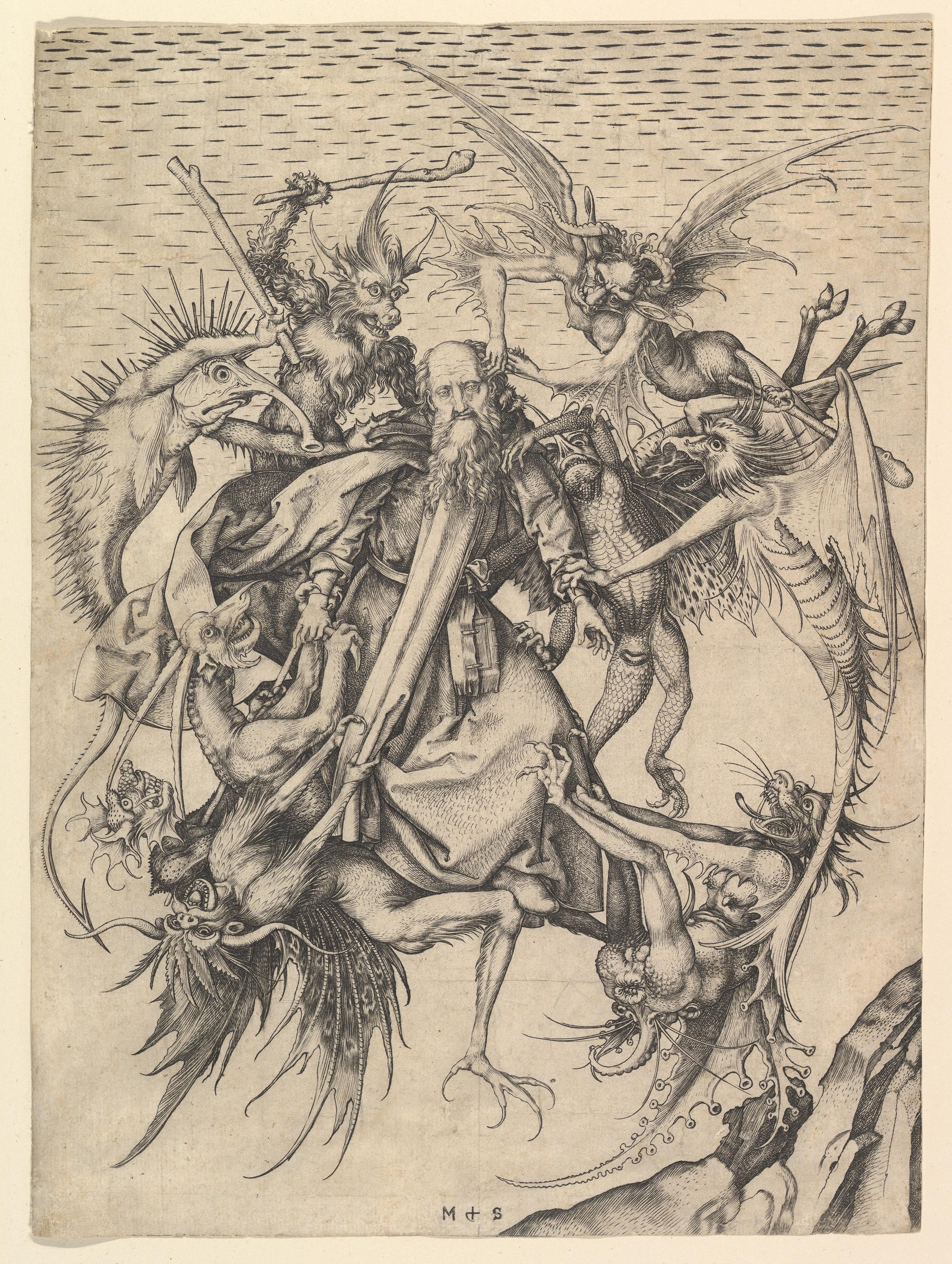“Zen anarchy? What could that be ? Some new variations on the koans, those classic proto-Dadaist Zen ‘riddles’? What is the Sound of One Hand making a Clenched Fist? If you see a Black Flag waving on the Flagpole, what moves? Does the flag move? Does the wind move? Does the revolutionary movement move? What is your original nature-before May ?68, before the Spanish Revolution, before the Paris Commune?
Somehow this doesn’t seem quite right. And in fact, it’s unnecessary. From the beginning, Zen was more anarchic than anarchism. We can take it on its own terms. Just so you don’t think I’m making it all up, I’ll cite some of the greatest and most highly-respected (and respectfully ridiculed) figures in the history of Zen, including Hui-Neng (638-713), the Sixth Patriarch, Lin-Chi (d. 867), the founder of the Rinzai school, Mumon (1183-1260), the Rinzai master who assembled one of the most famous collections of koans, Dogen (1200-1253), the founder of Soto, the second major school, and Hakuin (1685-1768), the great Zen master, poet and artist who revitalized Zen practice.
I. Smashing States of Consciousness
This is what all the great teachers show: Zen is the practice of anarchy (an-archy) in the strictest and most super-orthodox sense. It rejects all ‘archys’ or principles-supposedly transcendent sources of truth and reality, which are really no more than fixed ideas, mental habits and prejudices that help create the illusion of dominating reality. These ‘principles’ are not mere innocuous ideas. They are Imperialistic Principalities that intrude their sovereign power into our very minds and spirits. As anti-statist as we may try to be, our efforts will come to little if our state of mind is a mind of state. Zen helps us dispose of the clutter of authoritarian ideological garbage that automatically collects in our normal, well-adjusted mind, so that we become free to experience and appreciate the world, nature, and the ‘Ten Thousand Things,’ the myriad beings around us, rather than just using them as fuel for our ill-fated egoistic cravings.”
(via Precious Metal. Also: Zen Anarchy-pt 2 “Killing The Buddha: Zen’s Assault on Authority”, Pt 3 “The Koan: Entering The Jetstream”)



